Identify the Scratch Depth First
Before you begin any repair work, it’s important to check how deep the scratch actually is. Run your fingers over the mark—if your nail catches, it’s likely a deeper scratch. If it’s just a surface scuff, then you’ll be able to fix it quickly without special tools.
Understanding the scratch type helps you choose the right method. Light scuffs can be handled with quick buffing, while deeper ones may require sanding or filler. Jumping in without checking could make things worse.
Clean the Area Thoroughly
Start by cleaning the scratched spot with a soft cloth and a bamboo floor cleaner. Remove dust, debris, or oils that might interfere with repair products. Avoid water-based cleaners, as too much moisture can harm bamboo.
A clean surface ensures any filler, polish, or touch-up solution will stick properly. Rushing this step could leave you with uneven finishes or a repair that won’t last. A few minutes of cleaning now saves time later.
Use a Floor Repair Marker
For light scratches that haven’t broken through the finish, a repair marker matched to your floor’s color can work wonders. These markers are available at most hardware stores and are easy to apply directly over the scratch.
Once applied, buff the area gently with a soft cloth to blend the color. This quick fix helps the scratch fade into the background without drawing attention. It’s best for small, shallow marks rather than deep gouges.

Try a Wax Repair Stick
Wax repair sticks are a step up from markers and work well on slightly deeper scratches. Rub the stick over the mark until it’s filled, then smooth the surface with a plastic scraper. This fills the groove and hides the damage.
After filling, buff the area so the wax blends seamlessly with the bamboo. Choose a wax color that closely matches your floor for the best results. This method adds both coverage and protection in one simple fix.
Sand and Refinish Deeper Scratches
For scratches that go through the finish and into the bamboo, sanding might be necessary. Lightly sand the area with fine-grit sandpaper, always following the grain. Avoid using too much pressure to prevent further damage.
Once sanded, wipe clean and apply a matching bamboo floor finish. Let it dry completely before walking on it. Though more labor-intensive, this method restores the floor’s look and seals it for future protection.
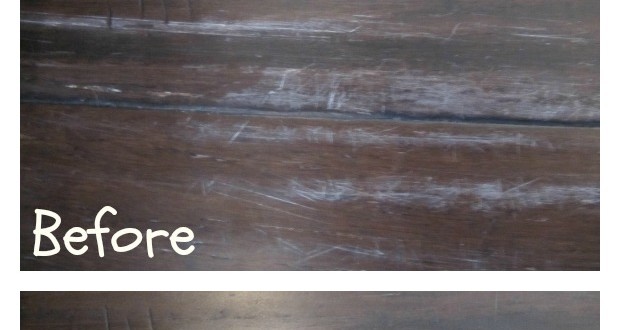
Use a Bamboo Floor Polish
After fixing scratches, a good polish can help protect the floor and hide minor imperfections. Choose a product made specifically for bamboo to avoid residue or damage. Apply with a soft cloth or mop for an even finish.
Polishing also restores shine and blends repaired areas into the rest of the floor. It’s not a fix for deep damage, but it works well after minor repairs. Regular use keeps your bamboo floor looking new and smooth.
Prevent Future Scratches
Once your floor is repaired, take steps to keep it that way. Add felt pads under furniture legs, use rugs in high-traffic areas, and avoid dragging items across the floor. These small habits can prevent fresh marks.
Also, sweep or vacuum regularly to remove debris that causes scratches underfoot. A little prevention goes a long way in keeping bamboo floors in great shape. With consistent care, you can enjoy a smooth surface for years.

Images Related to How To Repair Scratched Bamboo Floors
Bamboo Flooring Scratches: A Quick Guide for Repairs u0026 Replacements
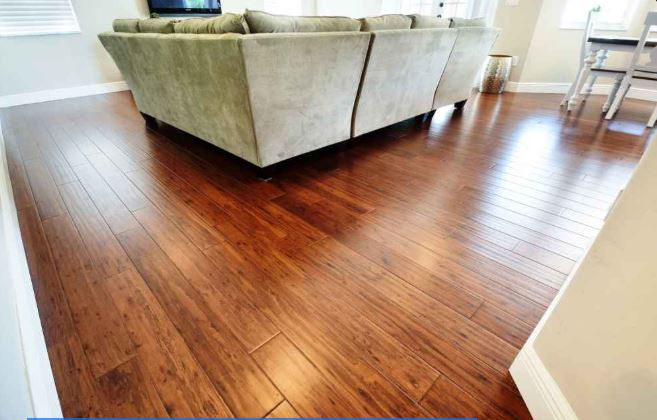
Easy way to fix scratches in bamboo floors! Kiss and Sell

How do I fix the deep scratches on my bamboo floor? Hometalk
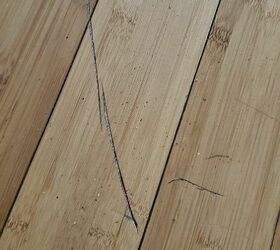
How To Fix Bamboo Flooring Scratches
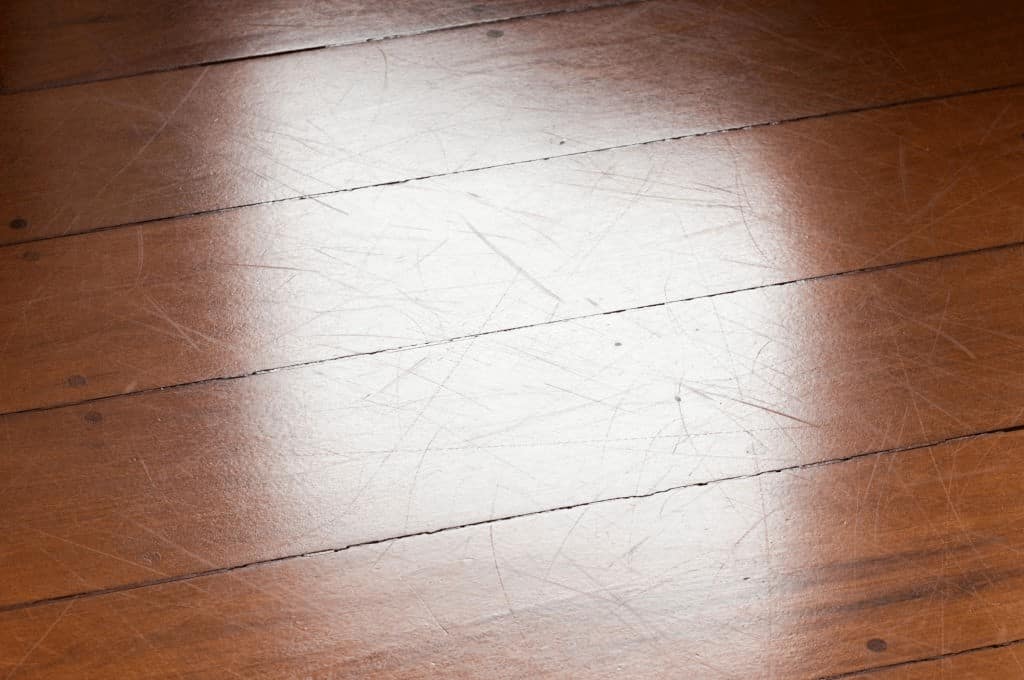
Bamboo Flooring Scratches: A Quick Guide for Repairs u0026 Replacements

Bamboo Flooring Scratches: A Quick Guide for Repairs u0026 Replacements

Five Practical Tips On How To Get Scratches Out Of Bamboo Floors
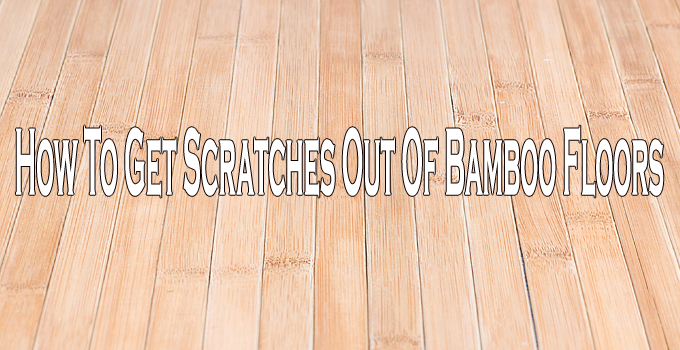
How to Fix Bamboo Flooring Scratches in Minutes – You Pinspire Me
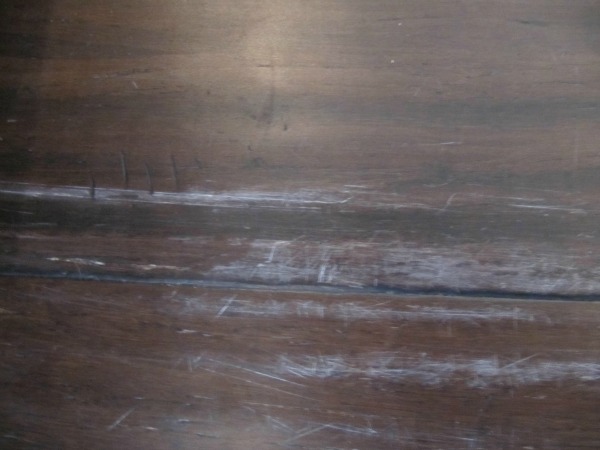
How to Remove Scratches on Bamboo Flooring DoItYourself.com
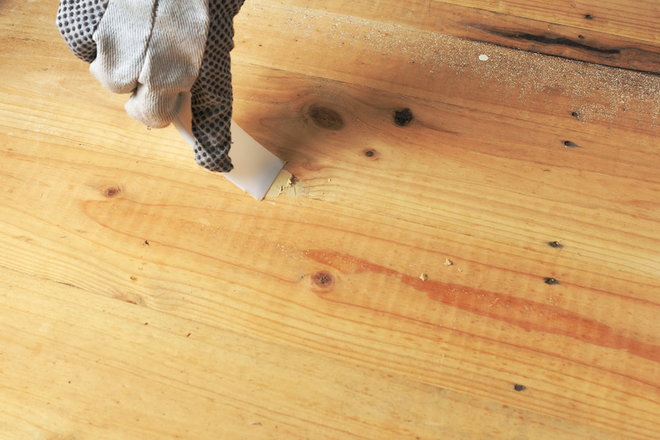
How To Fix Bamboo Flooring Scratches

Related articles:
- How To Repair Scratched Bamboo Floors
- Installing Engineered Bamboo Flooring
- Are Bamboo Floors Good For Kitchens?
- How To Clean Strand Woven Bamboo Floor
- Bamboo Kitchen Flooring Pros Cons
- Carbonized Strand Bamboo Flooring
- Distressed Bamboo Hardwood Flooring
- Petrified Bamboo Flooring
- Inexpensive Bamboo Flooring
- Chocolate Bamboo Flooring